Winter driving can be enjoyable in some areas. Sure, it’ll get a little cold, but everything else will go on as usual. Then there are areas where icy conditions are a regular phenomenon, and if you live in one of these areas, you should be aware of how the car will control the snow.
If you reside in these regions and are considering purchasing a Civic, you may wonder, are Honda Civics good in the snow?
Whereas the Honda Civic is not the best choice for deep snow, drivers with the proper winter gear and know-how to drive carefully in winter conditions report that their Honda Civics perform admirably in the snow.
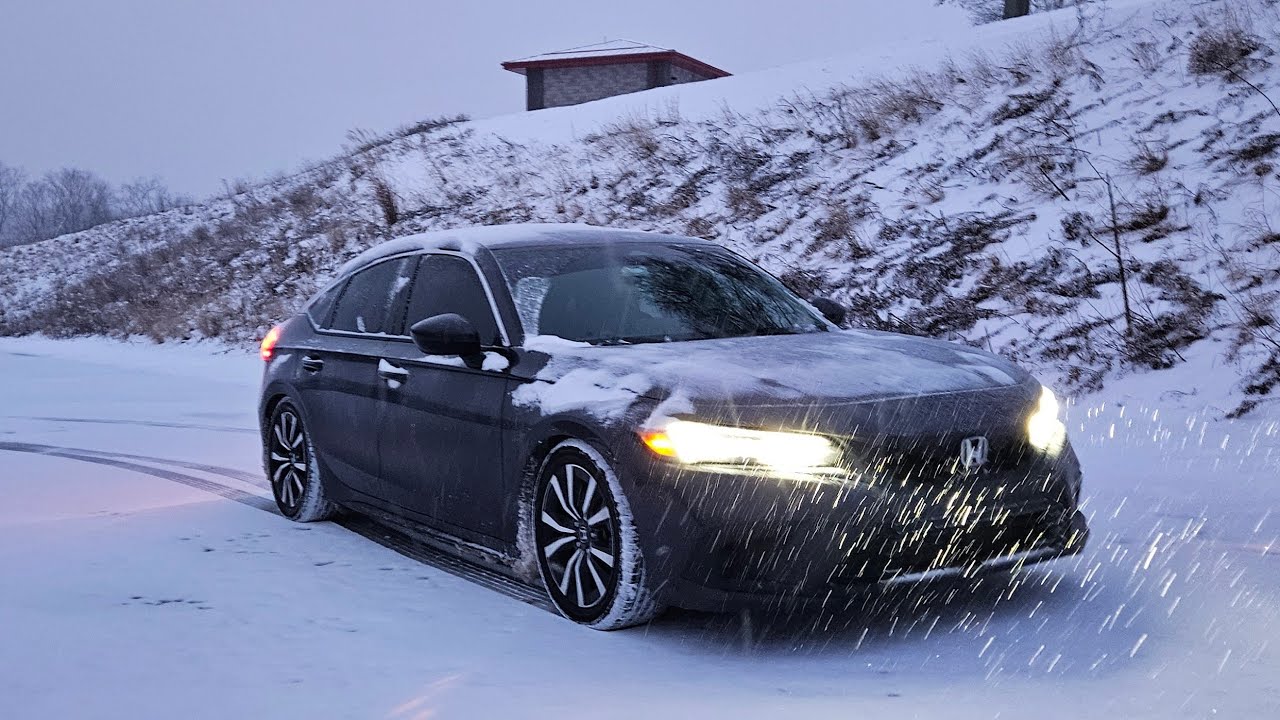
Are Honda Civics Good In The Snow?
So, are Honda Civics good in the snow? It might surprise you, but the Honda Civic is an excellent choice for driving in snow due to many details that help it well-suited to the task. The Civic is a front-drive, preventing it from getting caught up in the snow.
Furthermore, the Civic has a reasonably strong engine that provides good traction on snowy roads. It has a low center of gravity, which also helps it stay stable on slick roads.
Can You Use Snow Tires On Your Honda Civic?
Another approach to answering the question of “Are Honda Civics good in the snow?” would be its modifications. Using snow tires on your Honda Civic when driving in icy conditions would be best. Please remember that there could be policies and rules governing what sort of snow gear can be used on a car and when could use it.
The kind of snow wheel you require will be determined by the vehicle you own and the driving conditions. For instance, studded snow tires are best suited for the ice, whereas all-season wheels may be appropriate for light snow.
If you live in a snowy area, you should consider getting snow tires for your Honda Civic. Snow tires deliver extra traction on snowy roads, preventing your vehicle from losing traction and sliding on the road. They can also enhance your car’s fuel efficiency by reducing the energy needed to transfer the vehicle on snowy roads. If you choose to build snow tires on the Honda Civic, keep the following points in mind:
- First, ensure that the wheels you choose are the right size for your vehicle.
- Second, ensure the tires are rated for use in snowy weather conditions.
- Finally, remember that snow tires wear out faster than standard tires, so you may have to swap them more frequently.
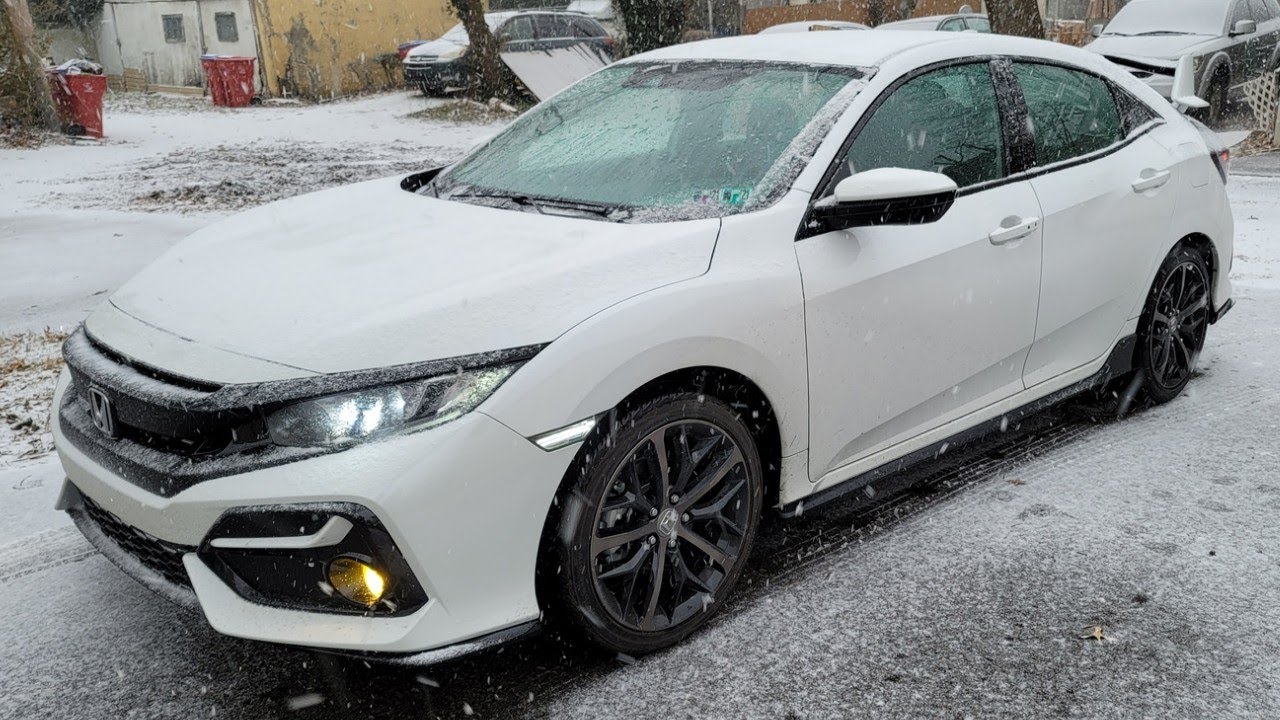
How Much Snow Can A Honda Civic Handle?
The question “are Honda Civics good in the snow?” also brings us to another question: how much snow can a Honda Civic handle? While the Civic is ideal for winter driving, remember that it is not a snowmobile. It is not intended for driving in thick snow and off conditions. If you live in a snowy area, you may also want to rethink other vehicles that are probably more suited to those conditions.
What Are Attributes Better For Driving In The Snow?
“Are Honda Civics good in the snow?” can be answered by the fact that Honda developed the Civic to be appropriate for use in various weather conditions, including winter. As a result, the Civic has characteristics that help to alleviate the problems associated with winter driving. These are a few of them:
Control on Traction:
Traction Control on the Civic reduces wheel spin and maintains traction. The characteristic is a lifesaver in the winter because it overcomes one of the most common problems that winter drivers face: traction loss.
Antilock Braking System:
Like the Electronic Brake Force Distribution, the Civics’ Antilock Braking System prevents wheel lockup. However, it operates differently than EBD. Pulsing the brakes entails releasing and reinserting brakes on the impacted wheels. This reduces the brake pressure the wheel has to deal with and the likelihood of it locking.
Stability Assist:
The Honda Civics‘ Vehicle Stability Assist function is unique to its repertoire of winter driving aids. Vehicle Stability Assist helps to keep your vehicle steady and prevents it from losing control in low-traction winter conditions.
The VSA employs several sensors to monitor your vehicle’s acceleration, steering tilt, and wheel rotational speed. By incorporating these pieces of information, VSA can determine whether or not your vehicle is stable.
Brake Force:
Electronic Brake Force Distribution functionality on your Civic improves braking safety, especially on wet roads. Winter driving conditions frequently increase the risk of braking-induced disc lock. The EBD system detects wheel lock by distributing brake force proportionally.
Braking extends force to the wheels, causing them to decelerate and the vehicle to come to a stop. However, excessive braking force will be applied to the wheels.
Frequently Asked Questions
Which Honda is the best in the snow?
The Honda CR-V, a best-seller in U. S., is an effective worker on ice and snow. This easy-to-drive compact SUV has two fantastic four-cylinder engines and True Wheel Drive. The CR-V adjusts to changing road conditions.
Are Honda’s safe on snow?
Because the Honda Civic is a narrow compact with only 6.7 inches of ride height, it has limited ability to handle snow. The Civic ought to be fine if you’re driving on streets covered in layers of ice. It should be able to withstand snowfall of up to 4 inches.
Does Honda Civic have a 4-wheel drive?
No, while the sporty Honda Civics’ suspension is tuned for responsiveness and the Civic offers exhilarating turbo engine options, its drivetrain does seem to be FWD.
Conclusion:
Civic is an excellent snow car. It has a front-wheel drive and a powerful engine to keep the tires from rolling. If you need a vehicle to take in the frost, the Civic is an excellent choice to get you through harsh conditions.
Whatever car you pick, make sure to engage in driving in various poor weather as you’ll be ready for anything. We hope this answers your question, “Are Honda Civics good in the snow?” and helps you make better decisions.

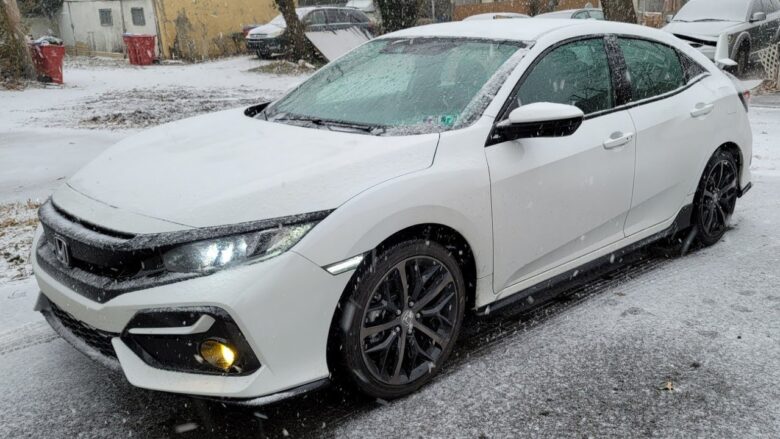


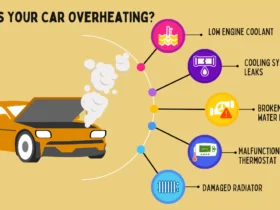
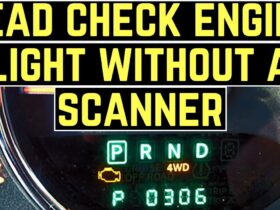
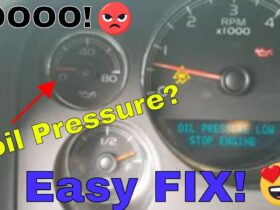
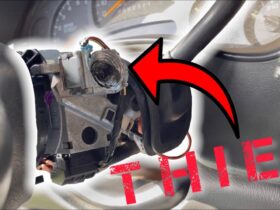


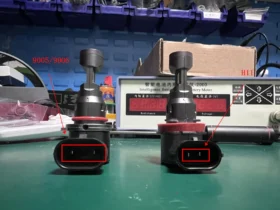
Leave a Reply